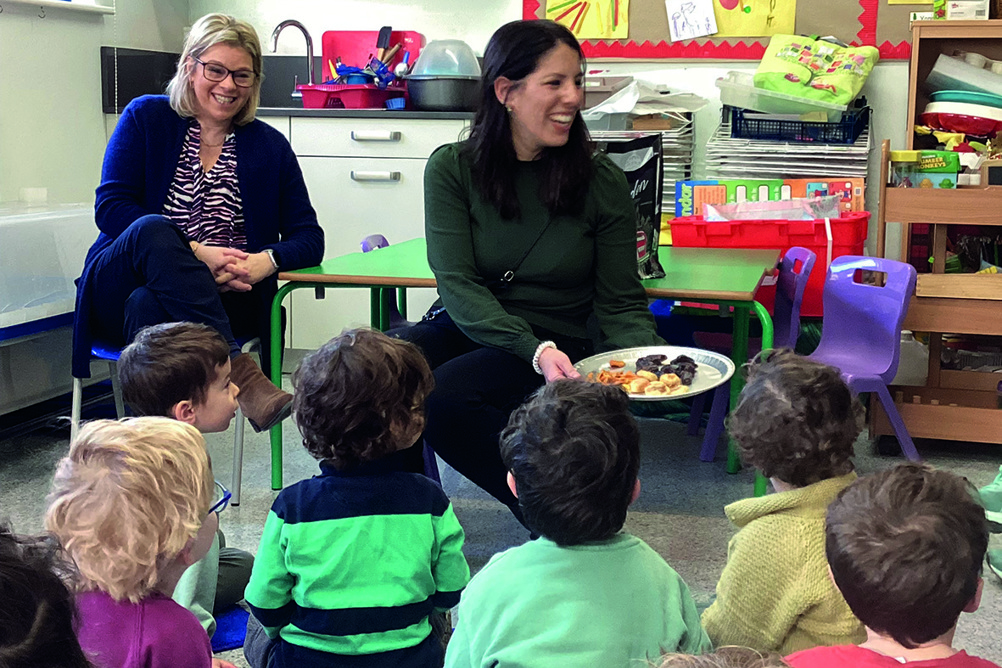
Children from Alyth Kindergarten spent a whirlwind week exploring the world from the comfort of their north London setting when parents were invited to run circle time sessions about a country they had lived in, visited or had some affiliation to.
Tor Alter, head teacher of the Jewish kindergarten, was inspired to organise an international week when planning how to introduce children to the traditions of Tu Bishvat, a Jewish festival that is celebrated in Israel. ‘We want to give children responsibility and ownership that the world is full of diverse people,’ she says. ‘This is about celebrating all cultures and all diversity.’
Register now to continue reading
Thank you for visiting Nursery World and making use of our archive of more than 35,000 expert features, subject guides, case studies and policy updates. Why not register today and enjoy the following great benefits:
What's included
-
Free access to 4 subscriber-only articles per month
-
Unlimited access to news and opinion
-
Email newsletter providing activity ideas, best practice and breaking news
Already have an account? Sign in here
